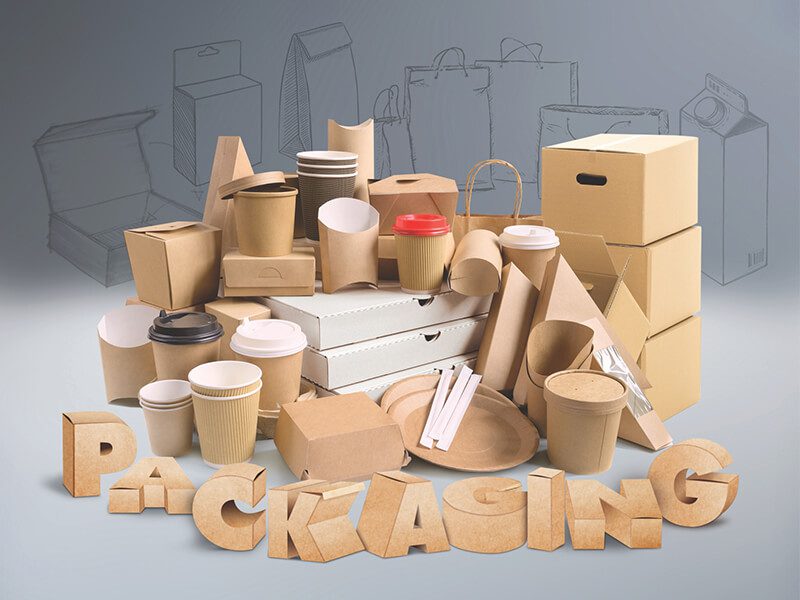Packaging and paper products play a vital role in various industries, including retail, food and beverage, healthcare, and logistics. They serve several functions, such as protecting goods during transportation, providing information to consumers, and enhancing the aesthetic appeal of products. Here are some key points about packaging and paper products:
Types of Packaging:
- Primary Packaging: This is the packaging in direct contact with the product, like bottles for beverages or jars for cosmetics.
- Secondary Packaging: It includes boxes, cartons, or trays that contain and protect primary packaging.
- Tertiary Packaging: This is outer packaging used for bulk handling and transportation, such as pallets or large containers.
Materials Used:
- Paperboard: Used for cereal boxes, shoeboxes, and other rigid packaging.
- Corrugated Cardboard: Provides strength and durability for shipping boxes.
- Flexible Packaging: Made from materials like plastic, foil, or paper, used for items like pouches and bags.
- Sustainable Materials: Increasingly, there’s a focus on eco-friendly materials like recycled paper, biodegradable plastics, and plant-based alternatives.
Functions of Packaging:
- Protection: Packaging protects products from physical damage, contamination, and tampering.
- Information: Packaging conveys important information to consumers, such as ingredients, usage instructions, and expiration dates.
- Marketing: Packaging design and branding influence consumer purchasing decisions by conveying the product’s image and value.
- Convenience: Packaging facilitates storage, handling, and transportation of products.
Trends and Innovations:
- Sustainable Packaging: There’s a growing demand for environmentally friendly packaging solutions to reduce waste and environmental impact.
- Smart Packaging: Incorporating technologies like QR codes, RFID tags, or NFC chips for improved traceability, authentication, and consumer engagement.
- Minimalist Design: Brands are opting for minimalist packaging designs to reduce material usage and create a sleek, modern aesthetic.
- Interactive Packaging: Packaging that engages consumers through augmented reality, gamification, or interactive elements.
Challenges:
- Environmental Concerns: The industry faces pressure to reduce waste and adopt sustainable practices to minimize environmental impact.
- Regulatory Compliance: Packaging must comply with various regulations regarding safety, labeling, and material restrictions.
- Cost and Efficiency: Balancing the cost of packaging materials with functionality and sustainability can be challenging for businesses.
- Supply Chain Disruptions: Global events, such as natural disasters or pandemics, can disrupt the supply chain and impact packaging availability and pricing.
Overall, packaging and paper products continue to evolve to meet changing consumer preferences, industry regulations, and sustainability goals. As technology advances and environmental awareness grows, the industry is likely to see further innovation and adaptation in the coming years.






